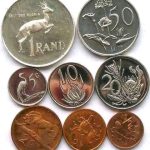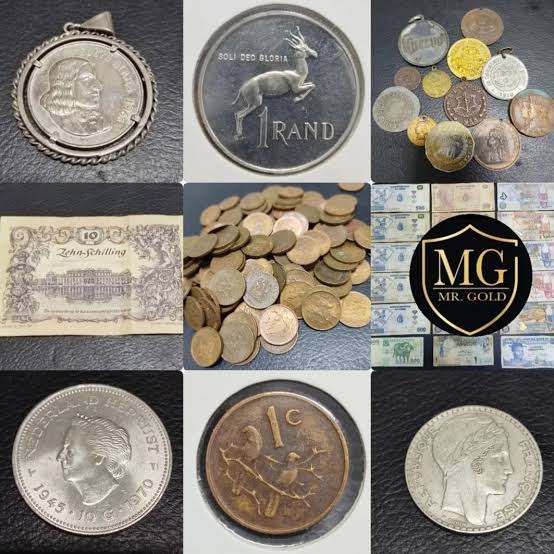South Africa is currently spending R303 billion annually to service debt, and this expenditure could increase to as much as R1 trillion over the next three years, says the National Treasury.
Briefing parliament on Treasury’s Medium Term Budget Policy Statement (MTBPS), deputy finance minister David Masondo, said that high and unsustainable debt was not in the best interest of the economy and the poor. He added that the country’s high debt costs crowd out important expenditure items, such as service delivery.
This was echoed by the head of the budget office in the National Treasury, Edgar Sishi, who said that for every R5 that is raised by the government, R1 is now spent on servicing the debt.
On a positive note, Sishi said that South Africa’s economy grew faster than expected in the first half of 2021. “However, the momentum is expected to wane due to public violence and looting that took place in July this year,” he said.
In a separate presentation, Parliament’s research unit warned that this debt burden could become difficult to service should the major rating agencies decide to downgrade South Africa’s credit rating further.
“Whilst no additional funding will be given to support debt-laden state-owned companies over the medium term, in the context of low projected growth rates in the outer years alongside unsustainable debt levels, spending pressures and the materialisation of contingent liabilities may lead to further credit rating downgrades,” it said.
“Further downgrades will serve to increase the already rising costs of borrowing and servicing public debt, as well as, lowering investment confidence. It will also exacerbate the impact of the pandemic and it may hamper the implementation of key reforms that are intended to assist the country’s recovery post-Covid-19.”
Over the medium term, debt is expected to stabilise at 78.1% of GDP by 2025/26. Reducing debt will enable the government to allocate additional revenue to debt service costs. Over the medium term, the gross borrowing requirement will average R503 billion, compared with R550.5 billion at the time of the 2021 Budget.
Compared with 2021 Budget projections, debt-service costs are expected to decline from 23.1% to 22% as a share of main budget revenue in 2025/26.
During his budget address, finance minister Enoch Godongwana noted that debt-service costs are the fastest-growing spending item in the budget.
Rising debt-service costs, estimated at R1 trillion over the Medium Term Expenditure Framework is crowding out spending on service delivery functions, highlighting the impact of South Africa’s rising debt stock on basic services.
“We spent more than we were receiving in tax revenues on a consistent basis. This, together with the composition of spending, did not meaningfully increase growth. Instead of getting higher growth from fiscal expansion, our debt continued to rise,” Godongwana said.
“The R4 trillion in debt that we now owe is incurring debt service costs that will become the largest portion of spending, compared to individual functions, from next year.”





